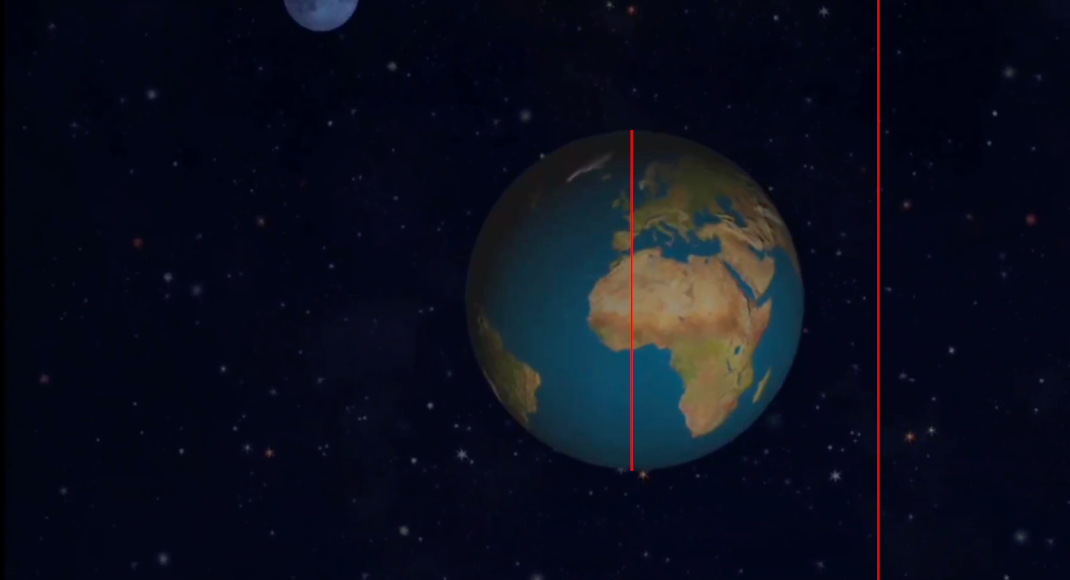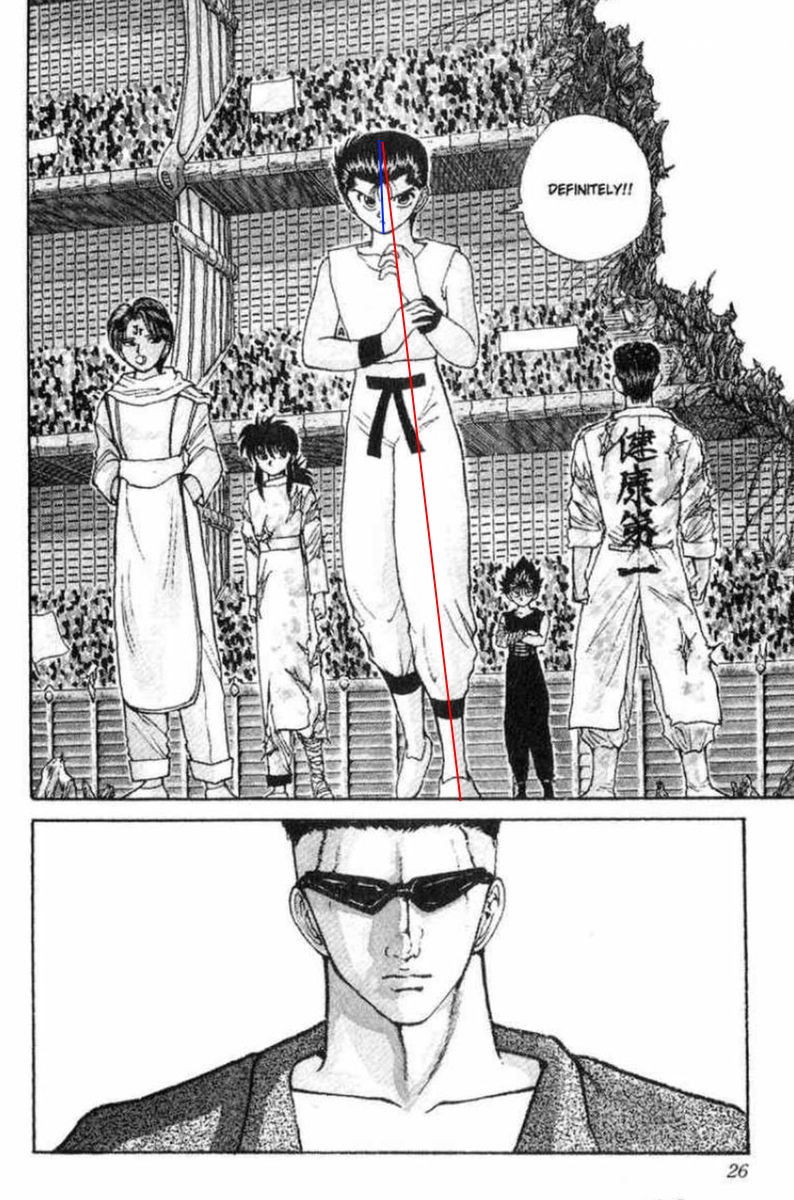- 19,621
- 17,244
I got 2.903116300191237 exatons, though I'm not extremely confident I did it correctly as I don't do earthquake calcs often.No, they shake the earth with their voice
Follow along with the video below to see how to install our site as a web app on your home screen.
Note: This feature may not be available in some browsers.
I got 2.903116300191237 exatons, though I'm not extremely confident I did it correctly as I don't do earthquake calcs often.No, they shake the earth with their voice
Turns out that it didn't happen from the moon, and now it's 1.0520457456979087 petatonsI got 2.903116300191237 exatons, though I'm not extremely confident I did it correctly as I don't do earthquake calcs often.
can you put it on blog?

Was acceptedcan you put it on blog?
Half cylinder should work.Should I use a half cylinder to get the volume of the floor destroyed here? Or is there a better shape that's similar to a half cylinder that'd work better to get the volume?
Define "crisp". As in, completely reduced to char? Or keeping the overall body structure intact and not melting anything away?How much energy is it needed to burn a human to a crisp?
Hard to say. Cells denature rapidly at a certain temperature, key elements in the body would do so much faster.Keeping the overall body structure and not melting anything away
I see. But for the context, there’s a character that withstood a 50000 Volt electric shock which was stated being able to burn a human to a crispHard to say. Cells denature rapidly at a certain temperature, key elements in the body would do so much faster.
Hey, so... What's the progress on this cloud revision I have been hearing about? Also, anybody got any idea for when it'll be applied?
For this, do you think that using an amp of 0.1 to 0.2 is fine considering that this is already lethal for humans?I see. But for the context, there’s a character that withstood a 50000 Volt electric shock which was stated being able to burn a human to a crisp
If they hit the something, and it's sent flying, yes, it's qualified for KE. However, if we don't see the object sent flying as it's an offscreen feat, you'd probs just wanna use PE of the object.Thank you, Laser! Also, one more question! So... if one hits something and it is sent flying, even if it isn't clearly shown due to limitations, it counts as a kinetic energy feat, right?
I think there's a mass limit for where KE can be used. There's some arbitrary limit or smth where if something doesn't at least weigh blank amount of kilograms, you can't use KE. I dunno if a person reaches that level of mass for it to apply. If it is, I could probs calc that.One of them is a person getting yeeted at the speed of a cannonball to get plunged several hundred meters down into a body of water, where upon colliding with water, skips across the water's surface three times before sinking underneath a cruiser.
I could calc that, and if he wasn't near the center of the explosion when launched that high, the explosion itself would be fairly above the energy required to send him that high.Another one of them is a person who tries to stop an explosion but the sheer force of it throws him up 200 meters into the sky near-instantly.
Seems simple.And the last one is a person falling 20-to-40 stories to dropkick someone.
Yes, it should be calcable. You can DM me the feats to avoid clogging up the thread too much. However, it is VERY late for me, so I'll have to calc the feats tomorrow or at a later time.I am pretty sure the first and three is probably applicable to kinetic energy formula, but got any idea on how to handle a feat in where somebody gets throw 200 meters into the sky - and is that even calcable?

How did you get the amps?Yo, I need some help. Found this interesting formula. E = U * I * t. Basically, I got a character who was struck by an electrical attack, and want to know if the formula I gave could be used to get their durability from tanking said electrical attack.
Edit: Already got the needed values, volts and possibly amps, so no worries there.
Yeah, it's called grounding. Meaning it all dissipates safely into the ground without ever getting the chance to electrocute you with its full-power. So effectively it'd be reduced to the point where it'd effectively be none of the energy yield being taken at all. The firepower itself gets nuked.Hm. Does touching the ground lower the result by a lot, I have to ask?
Without being in mid-air I'm afraid a distance even as close as this loses all meaning.Also for the second condition, the feat I have in mind has the character and his attacker have forehead-to-forehead contact to deliver the electrical shock.
Maybe for the attacks, but scaling to it will require the other end of the bolt to have a target be in mid-air.Hm. Would it help with the attack potency of the attacker? They have a profile in the wiki already, and a calc for their electrical attacks but it was at a bigger distance than the forehead-to-forehead contact one that I am mentioning now, so that might help them by a bit.
Not sure about changing it, but if you want to calc the new rotation, you can use this formula:how i can calculate change (not stop) in the rotation of earth and saturn?